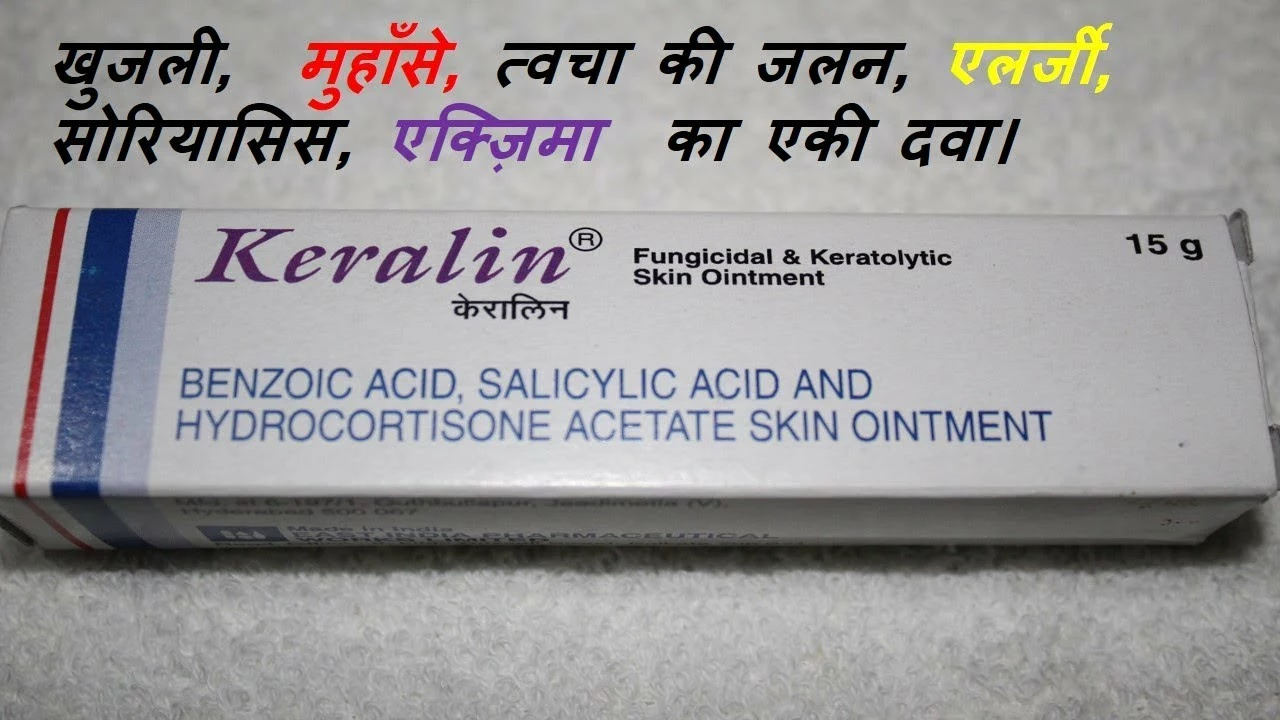Zinc Oxide: What It Is and Why You’ll Want It
Zinc oxide is a white powder that works as a shield for your skin. It’s been used for decades in creams, ointments, and sunscreens because it blocks moisture loss and protects against UV rays. If you’ve ever used diaper rash cream or a mineral sunscreen, you’ve already seen zinc oxide at work.
What makes it special is that it sits on top of the skin instead of soaking in. That means it forms a physical barrier that reflects sunlight and keeps irritants out. This simple action gives zinc oxide many jobs – from soothing diaper rash to helping small cuts heal faster.
How to Use Zinc Oxide Safely
First, always check the concentration. Over‑the‑counter creams usually have 10‑20% zinc oxide, which is safe for most people. If you’re using a sunscreen, look for at least 15% zinc oxide for good protection.
Apply a thin layer to clean skin. For diaper rash, spread a pea‑size amount on the baby’s bottom after each change. For sun protection, use enough to cover all exposed areas – about a nickel‑sized dollop for your face is a good rule of thumb.
If you have very sensitive skin, do a quick patch test: put a tiny bit on your forearm and wait 15 minutes. If there’s no redness or itching, you’re good to go. Most people tolerate zinc oxide well because it doesn’t get absorbed into the bloodstream.
Top Products That Contain Zinc Oxide
Here are a few everyday items that use zinc oxide effectively:
- Diaper rash ointments: Brands like Desitin and Boudreaux’s use zinc oxide to calm red skin.
- Mineral sunscreens: Look for products labeled “zinc oxide sunscreen” – they tend to feel less greasy than chemical sunscreens.
- Acne spot treatments: Some over‑the‑counter gels add zinc oxide to reduce inflammation and keep the area dry.
- First‑aid powders: For minor cuts or scrapes, a powder with zinc oxide helps keep the wound dry and speeds up healing.
When you pick a product, read the label for added fragrances or alcohol – those can irritate skin. Plain formulas are usually best if you have eczema or other sensitivities.
Zinc oxide isn’t just for kids or sun lovers; it’s also handy for adults with dry patches, minor burns, or even as a base in homemade diaper cream recipes. Mix a little zinc oxide powder with coconut oil and you’ve got an inexpensive barrier that works well at night.
In short, zinc oxide is a low‑cost, low‑risk ingredient that protects, soothes, and heals skin. Keep a tube or jar around the house – it can save you from diaper rash, sunburn, and minor irritations without any complicated steps.
The use of benzalkonium chloride/zinc oxide in treating chafing
I recently came across an interesting remedy for treating chafing - using a combination of benzalkonium chloride and zinc oxide. Benzalkonium chloride is an antiseptic known for its disinfecting properties, while zinc oxide has soothing and protective effects on the skin. When combined, these two ingredients can help prevent infection and alleviate the discomfort associated with chafing. I personally find this treatment to be quite effective and a great alternative to traditional anti-chafing creams. If you're struggling with chafing, give this combination a try and see if it works for you!






